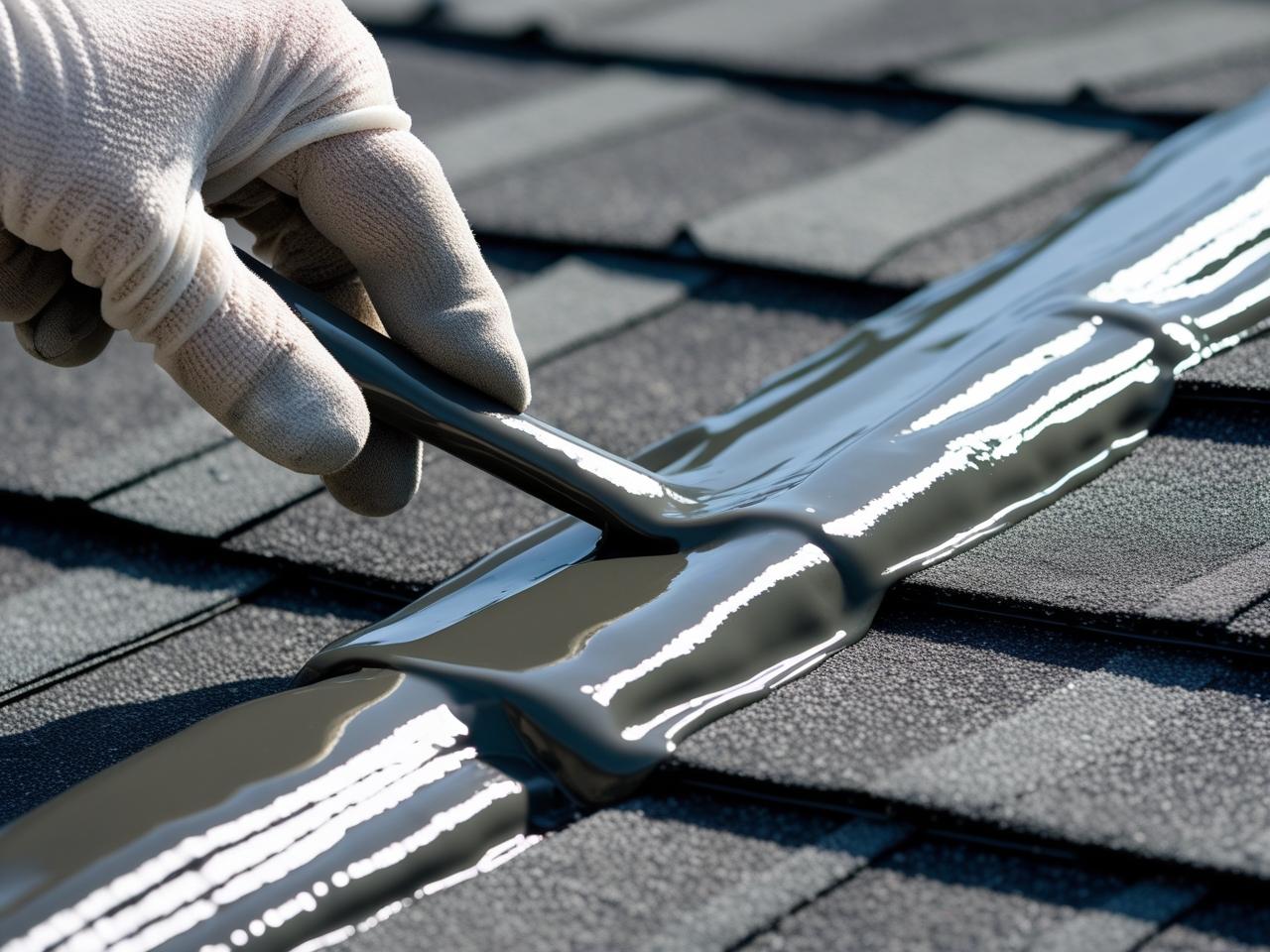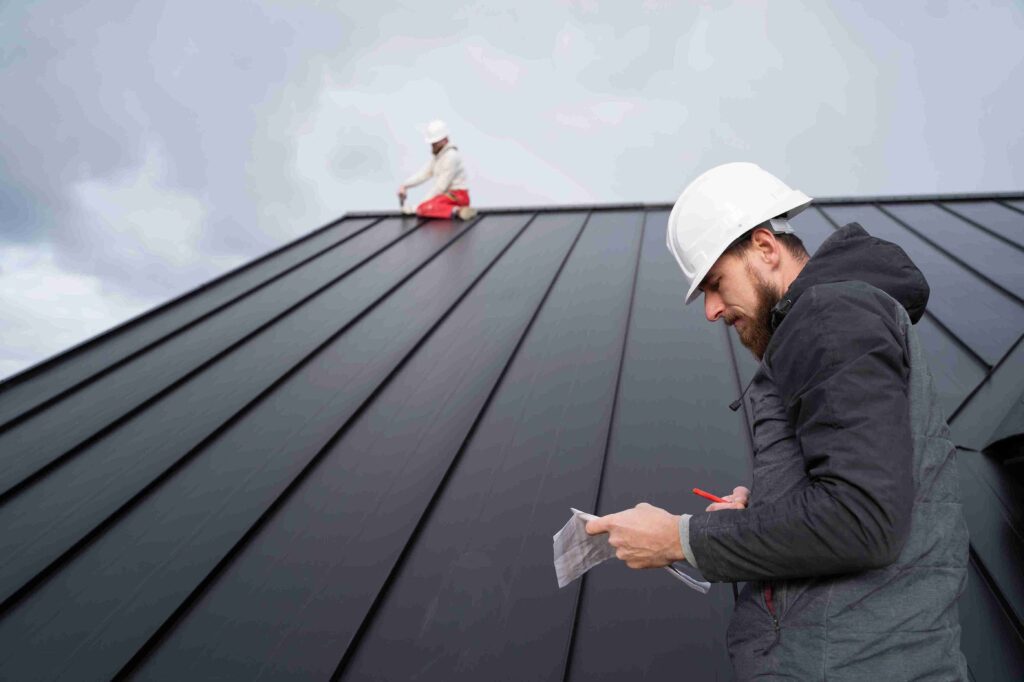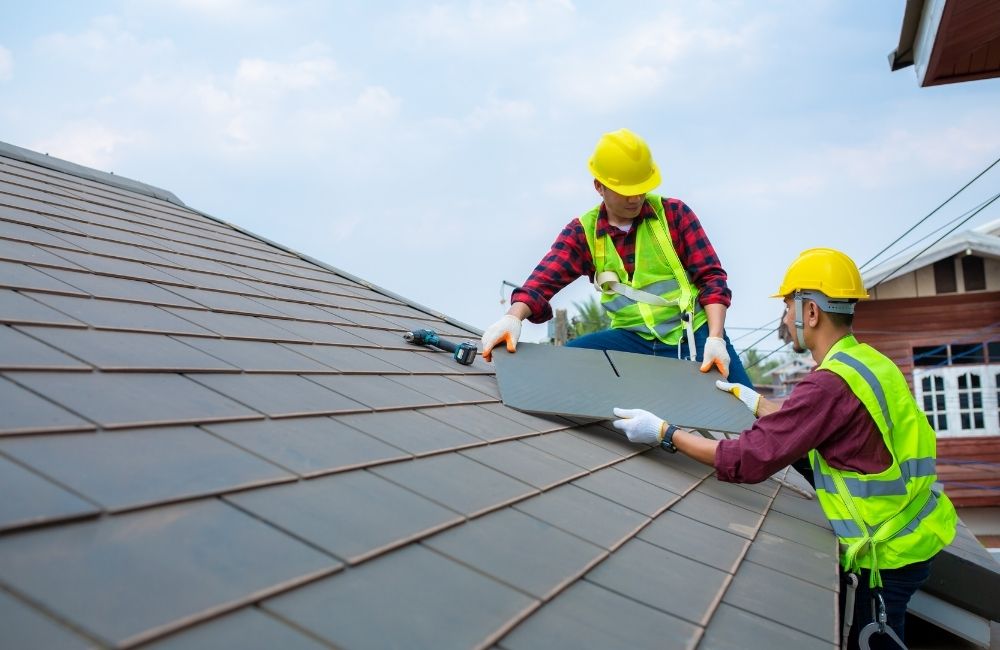- Free Estimates

In Hyde Park, sudden downpours and aging roofs often lead to one of the most stressful homeowner surprises: a leaking roof. What starts as a small drip can quickly turn into a full-blown emergency, soaking ceilings, damaging belongings, and creating the perfect environment for mold. Whether it’s an old colonial home or a brick-front storefront, both residential and commercial roofing systems in the area face unique vulnerabilities that require fast attention.
Here are six reasons why immediate action matters when dealing with emergency roof leaks.
✔ Roof leaks in Hyde Park homes and businesses worsen quickly without immediate repair.
✔ Fast action helps prevent structural damage to wood, drywall, and framing.
✔ Mold can begin growing within 24–48 hours after a leak starts.
✔ Electrical systems are highly vulnerable to water intrusion from roof leaks.
✔ Interior finishes, furniture, and inventory are at risk without prompt repairs.
✔ Wet insulation reduces energy efficiency and increases utility costs.
✔ Delaying repairs can complicate insurance claims and lead to denial.
✔ Residential and commercial roofing systems require tailored, professional solutions.

A roof leak doesn’t just stay on the surface—it travels. Water can seep into beams, drywall, and insulation within hours, weakening a home’s structural core. Early action helps avoid expensive repairs that affect both the visible and hidden parts of the building, especially in older Hyde Park homes where wear and tear is already a factor.
Mold begins growing within 24 to 48 hours of water intrusion. Once it takes hold, it can spread behind walls, into vents, and throughout the home or business. Emergency roof repair can prevent the health risks and cleanup costs that follow unchecked mold growth.
Roof leaks often go beyond the ceiling—they threaten the wiring, outlets, and light fixtures hidden behind drywall. Water and electricity don’t mix, and delays in repair can lead to fire hazards or complete electrical failure. Both residential and commercial roofing designs need urgent attention to prevent these risks.
The ceiling isn’t the only thing at stake during a roof leak. Hardwood floors, furniture, electronics, and even treasured photos or important documents can be destroyed within hours. Fast action saves both the property structure and everything inside it.
A leaking roof affects more than just the structure—it wrecks a building’s energy efficiency. Wet insulation loses its effectiveness, forcing HVAC systems to work harder. In both residential and commercial roofing systems, this leads to rising bills and temperature control issues.
Acting quickly not only saves the property—it protects the policyholder. Insurance providers often require prompt action to cover damage. Delayed roof leak repairs can raise red flags and complicate reimbursement for both residential and commercial roofing claims.
While both roof types serve the same purpose—keeping water out—their design, materials, and drainage systems vary greatly. Because of these differences, roof leaks don’t behave the same way in homes and businesses.
Understanding how commercial and residential roofing responds to water damage helps property owners act quickly and call the right professionals when it matters most. With the U.S. roofing contractors industry expected to reach $76.4 billion by the end of 2025, it’s clear that expert repair and maintenance services are more essential—and in demand—than ever.
Commercial roofs are often flat or low-slope, which means water tends to pool instead of flowing off naturally. Residential roofs, with their pitched design, typically allow faster runoff but can direct water into valleys, gutters, or flashing if blocked. This structural contrast means leaks in flat commercial systems may go unnoticed longer, while residential leaks can appear more quickly but still cause hidden damage.
Most commercial roofing relies on internal drains, scuppers, or built-in gutters that can clog easily during storms. Residential systems use open gutters and downspouts, which are simpler but can overflow when not cleaned. Because of this, leak detection in what is commercial roofing often requires professional equipment, while residential issues may be spotted sooner during visual inspections.
Commercial roofs are often made of single-ply membranes, built-up roofing, or modified bitumen—all of which can blister, crack, or shrink. Residential roofing commonly features asphalt shingles or tile, which may curl, crack, or lose granules. The difference in materials means water may infiltrate a commercial system more slowly but spread more extensively before signs appear.
In many commercial buildings, HVAC units, server racks, and electrical panels sit just below the roof. A leak can damage expensive systems and halt operations entirely. In contrast, most residential leaks affect ceilings, attics, and personal items, which—while still costly—typically involve less complex infrastructure.
Commercial and residential roofing systems each require different tools and expertise. Commercial inspections may include infrared imaging or core sampling, while residential repairs often involve shingle replacement and attic moisture checks. This distinction highlights why working with professionals who specialize in either what is residential roofing or what is commercial roofing is essential.
Since commercial roofs cover wider spans and support heavier loads, even a minor leak can spread quickly and affect multiple rooms or tenants. Water intrusion might compromise insulation, safety systems, or inventory in a single afternoon. Fast, professional attention is vital in both settings, but especially critical for commercial and residential roofing systems where downtime means lost revenue or long-term disruption.

Fixing a roof leak is only half the battle. To prevent the same issue from returning, property owners need to take proactive steps that protect both structure and investment. In fact, with US roofing generating $26.2 billion in revenue in 2022 alone, it’s clear that homeowners are increasingly investing in long-term protection and expert care.
These strategies apply to residential and commercial roofing alike—and working with qualified professionals makes all the difference:
A professional roofer can spot signs of damage long before a leak appears. Annual inspections help catch loose flashing, cracked seals, or clogged drainage systems. For both what is residential roofing and commercial roofing, routine checkups extend roof life and reduce emergency repair costs.
Leaves, sticks, and debris can block gutters or scuppers, sending water back onto the roof surface. In homes, this causes overflow at roof edges; in commercial buildings, it leads to standing water on flat membranes. Regular cleaning—especially in the fall and spring—helps both systems function properly and prevents recurring leaks.
After repairs, it’s smart to keep an eye on ceilings, attic corners, and ventilation areas for any discoloration or damp spots. These subtle changes can signal that water is seeping in again. Catching these signs early is essential for maintaining the integrity of residential and commercial roofing systems.
Old flashing and dried-out sealants are common leak culprits. Replacing or reinforcing them during maintenance helps protect vulnerable edges, vents, and chimneys. Professional roofers can assess these areas and make targeted upgrades based on the roof type—whether it’s shingles in homes or TPO membranes on commercial roofs.
Poor airflow can trap heat and moisture inside the roof cavity, leading to condensation and rot. Residential attic vents or commercial rooftop exhaust systems should function properly year-round. A professional can recommend ventilation solutions tailored to each roof type, which supports both comfort and durability.
Some commercial roofing systems benefit from reflective or waterproof coatings that reduce wear from UV rays and weather. Likewise, homeowners might consider architectural shingles or metal upgrades after repeated leaks. Investing in modern materials with longer lifespans adds peace of mind and lowers future risk for both residential and commercial roofing properties.

Emergency roof repair addresses sudden, active leaks or damage that needs immediate attention to prevent further loss. Standard roof maintenance focuses on routine upkeep like inspections, cleaning, and small preventative repairs. Both services are essential for maintaining the lifespan of residential and commercial roofing systems. Working with a professional who understands what is residential roofing versus commercial roofing ensures the right approach is taken in each situation.
Yes, unresolved roof leaks can promote mold and mildew growth, which directly impacts indoor air quality. Poor air circulation combined with hidden moisture can trigger allergic reactions or respiratory issues for employees and customers. This is especially concerning in businesses like restaurants or healthcare facilities. Hiring experts in commercial and residential roofing ensures quick repairs and helps prevent these environmental health risks.
When completed by qualified roofing professionals using high-quality materials, a roof leak repair can last for several years or more. The lifespan also depends on the age and type of the overall roofing system. For example, what is commercial roofing may involve membrane patching that holds for 10+ years, while asphalt shingle repairs in residential roofs may last 5 to 15 years. Regular maintenance improves these outcomes significantly.
Older buildings—especially those in historic areas like Hyde Park—often face more frequent leaks due to aging materials, outdated construction methods, and prior repairs. Roofing systems may no longer meet modern standards for drainage or durability. This applies to both residential and commercial roofing, where neglect can make even small issues grow quickly. Replacing worn materials and updating flashings can help mitigate the risk.
Yes, even newly installed roofs can leak due to poor installation, extreme weather, or material defects. Common causes include improper flashing, poorly sealed vents, or missed nail holes. That’s why it’s essential to work with professionals who understand the unique demands of what is commercial roofing and what is residential roofing. A trusted installer ensures that the job is done right from the start, reducing the risk of early failure.

When water makes its way in, count on Roofing Experts of Hyde Park to keep the damage out. Serving Hyde Park, NY, with fast, reliable emergency roof leak repair, our team knows what it takes to protect both homes and businesses from costly surprises. Whether it’s patching up a single shingle or sealing a flat commercial roof, we bring decades of experience in both residential and commercial roofing.
Don’t wait for leaks to turn into losses—call our local crew today and get the job done right, the first time!